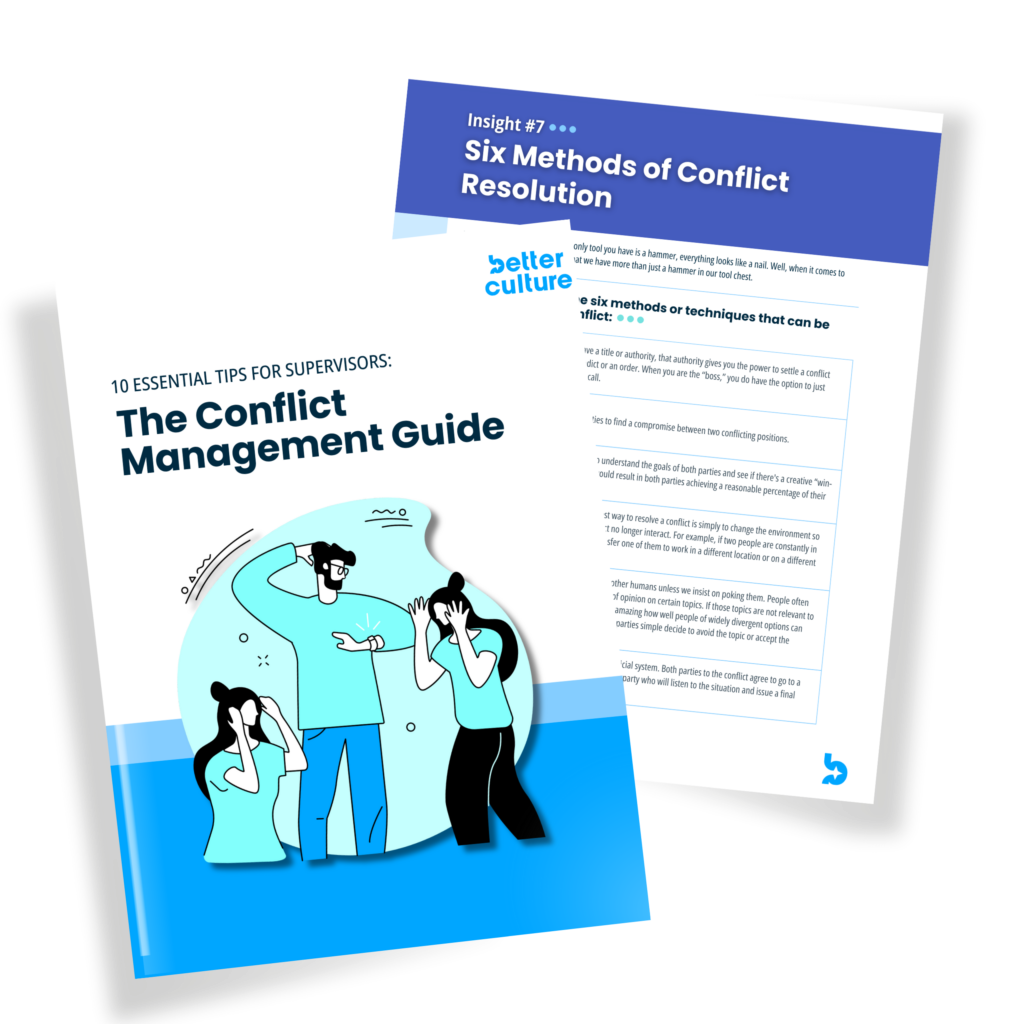At BetterCulture we’ve seen the good, the bad, and… yes… even the ugly of team-building activities. Through these experiences we’ve also developed some understanding about activities that carry much higher – and much lower – value and impact.
There is one essential question you should be asking yourself before you start planning any team-building activity: Why am I planning a team-building activity in the first place? In other words, what do I expect will be the value or outcome for my team?
The Key Question: What Outcomes Are You Seeking From Team-Building?
Even though team building activities do have value and can really benefit a team, it’s been our experience that many managers and team leads don’t use them as effectively as they could. And that is for one big reason: they don’t have clarity of thought on what they are trying to accomplish by spending time building their team.
Team-building activities are not one-size-fits-all. Don’t make the mistake of assuming that just any old activity will do.
When done correctly, the right team-building activity can be designed to deliver specific outcomes like:
- Building comfort and rapport (think of icebreakers that “break the ice”)
- Improving collaboration and communication
- Ensuring an aligned vision
- Propelling innovation
- Building trust and relationships
- Instilling pride
- Enhancing employee appreciation and recognition
- Improving skills
- Building empathy
- Solving problems
- Addressing conflicts
- Our even just having fun!
In our free BetterCulture Team-Building Toolkit, we’ve sorted over 40 of our favorite team-building activities according the specific outcomes you may be seeking to achieve on your team. It’s a great resource for managers looking for ways to strengthen their team.
Why Might Team-Building Activities Fall Short?
Even if you’ve never been dropped in a trust fall or seriously injured during an employee kickball outing (true stories), you might have well-founded reservations about team-building activities. From our experience, there are three primary reasons that team-building activities fall short of their desired outcomes:
- If you’re not willing to put time into planning and executing your team-building ideas, you might be better off simply giving your employees a little extra time off with their friends or family, or to volunteer in the community.
- Second, team-building activities must start with a clear, empathetic understanding of your employees’ actual interests and social preferences. Sure, in some companies a kickball tournament may make sense – just be sure you have a good pulse on your employees’ interests before you purchase bases and start drafting teams.
- Last, but certainly not least, team-building activities will never compensate for other, more foundational, culture-related issues your organization is failing to address. For example, if you are lousy at providing employees with good supervisors who care about the well-being of their direct reports, putting your employees in a room with those supervisors to share “Two Truths and a Lie” is… well… just a bad idea.
Planning, empathy, and having a good cultural foundation: if you can confidently check these three boxes, then team building activities have the potential to have an immediate and lasting impact on your team and organization.
Check out over 40 of our most recommended team-building activities (sorted by the outcomes a leader wants to achieve) in our BetterCulture Team-Building Toolkit. Following this advice in this article and using an idea or two from out Toolkit will give you much higher odds of success.
Ready to transform your team? Dive into the toolkit now!




